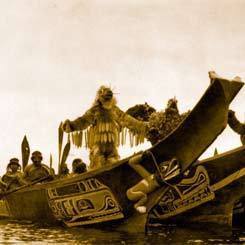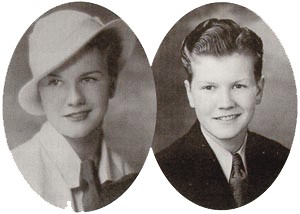
"Revising Romance" is an admirable attempt to isolate one topic within a panoply of issues relevant to women working with the narrative form. Perhaps these videotapes represent the first stage of a revisionist perspective: identify the structure of the opposition's hierarchy and the inherent vocabulary of his language, then attempt to replace it.

The AFA show broaches the issue of romance-a subject associated, of course, primarily with women-and asks, in effect, "What are the psychological, political, and aesthetic consequences of popular ideals of eternal passion and transcendent love?" These videotapes analyze stereotypical sexual roles and address the use of romance in popular culture to exploit women's dissatisfaction with themselves and their bodies, but they also tend to parody romance rather than propose any alternative to this brand of consumer culture.

The New Museum exhibition explored the question of sexual difference and emphasized psychoanalytical approaches to discussing art. The second, "Difference: On Representation and Sexuality," was at the New Museum of Contemporary Art, and included a film and video program curated by film critic Jane Weinstock.Īlthough their intents were different, both of the shows were predicated on the premise that there is a particular feminist aesthetic, or message. It was curated by Linda Podheiser, assistant professor at Emerson College, and Bob Riley: video curator at the Institute of Contemporary Art in Boston.

The first, "Revising Romance: New Feminist Video," is a traveling exhibition organized by the American Federation of Arts (AFA). While neither succeeded absolutely in its definition, both shows attested to the presence of strong feminist videotapes and revealed the variety of issues being dealt with by women artists. Two recent shows of video art attempted to define issues of feminist video. While the medium also sports its quota of "old boys' clubs," these are balanced by highly visible women curators, administrators, and well established women artists. For an art medium that developed during the "sexually liberated" yet deceptively sexist '60s, video art contains an impressive number of female voices. To define videotapes by women, or by feminist women, as comprising a specific isolated genre risks a reduction of the work and a denial of its diversity. Nevertheless, there are numerous topics-the domestic cultural domain, media representations of women, and the struggle of women to change well-entrenched, discriminatory social values-that are deeply important to women artists, topics which are threatening and hence ignored by their male counterparts. Women do perceive the world differently than men, yet these differences can be subtle and so pervasive in the texture of our lives that they are difficult to isolate. Those who attempt to establish a cultural mythology that is different than the Western patriarchal view of the world comprise the social "other." Women, minorities, gays, and sometimes even artists, often raise issues that the dominant culture has suppressed in order to survive intact. Institute of Contemporary Art, London July 19-September 1, 1985 Renaissance Society at the University of Chicago March 3 - April 7, 1985 New Museum of Contemporary Art, NYC December 8, 1984-February 10, 1985 Northwest Film Study Center, Portland, OR July 1985Ĭornell Cinema, Ithaca, NY September 1985ĭiference: On Representation and Sexuality University Gallery of Fine Art, Ohio State University, Columbus April 1985

Institute of Contemporary Art Boston, September 1 - December 31, 1984 Distributed by the American Federation of Arts


 0 kommentar(er)
0 kommentar(er)
